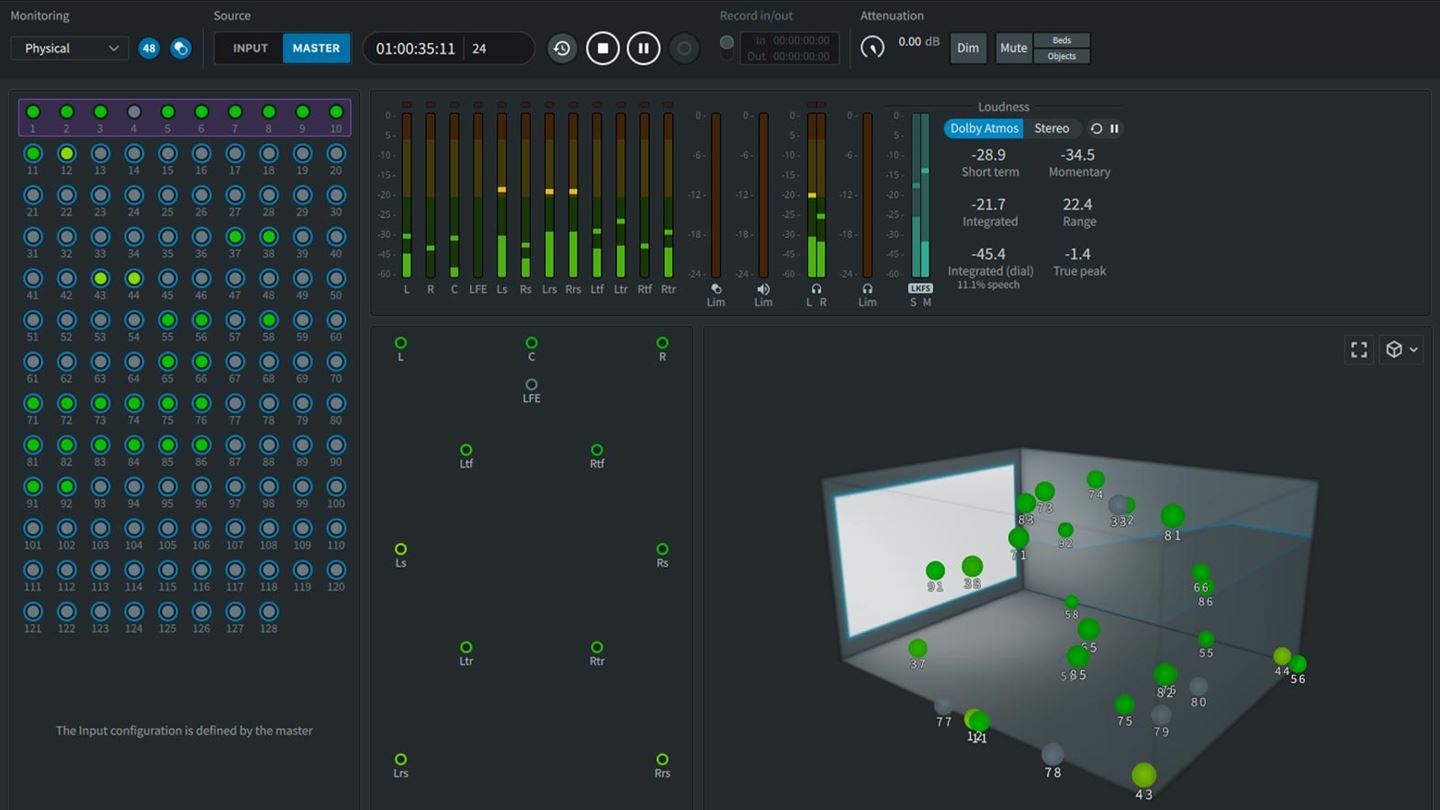Monument Sound has transitioned from stereo mix and mastering to a full Dolby Atmos-approved mix and mastering suite. This investment allows us to better serve our clients and stay ahead in the audio industry. Here’s what we did to make the transition.
Background: We’ve been in operation for over 20 years, offering stereo mix and mastering services for music and audio post-production projects. However, we recognized the growing demand for Dolby Atmos content and decided to make the move.
Process: The transition was a significant undertaking that involved research, equipment upgrades, acoustical treatment, and training.
Research and Planning: We conducted extensive research on Dolby Atmos mixing and mastering, consulted industry experts, and attended training sessions to make informed investments.
Equipment Upgrades: To support Atmos, we invested in new equipment, including a Grace Designs m908 monitor controller, a 7.1.4 Focal Speaker array, and additional software and plugins for object-based mixing.
Acoustical Treatment: With more speakers for Atmos mixing, we had to address our control room’s acoustics. Dolby came from New York to tune and accredit our room to Dolby standards, and we added more acoustical treatments for accurate monitoring and proper sound diffusion.
Training: To learn object-based mixing and mastering, we sought guidance from industry mentors.
Results: The investment in Atmos has already paid off. We’ve taken on new projects and clients, and demand for Atmos content is increasing. Our clients appreciate the improved sound quality and immersion that Atmos provides.
Conclusion: Transitioning to Atmos was a significant investment, but it allows us to stay competitive and offer the latest in audio technology to our clients. We encourage other studios to consider the benefits of Atmos and take the necessary steps to transition to object-based mixing and mastering.
